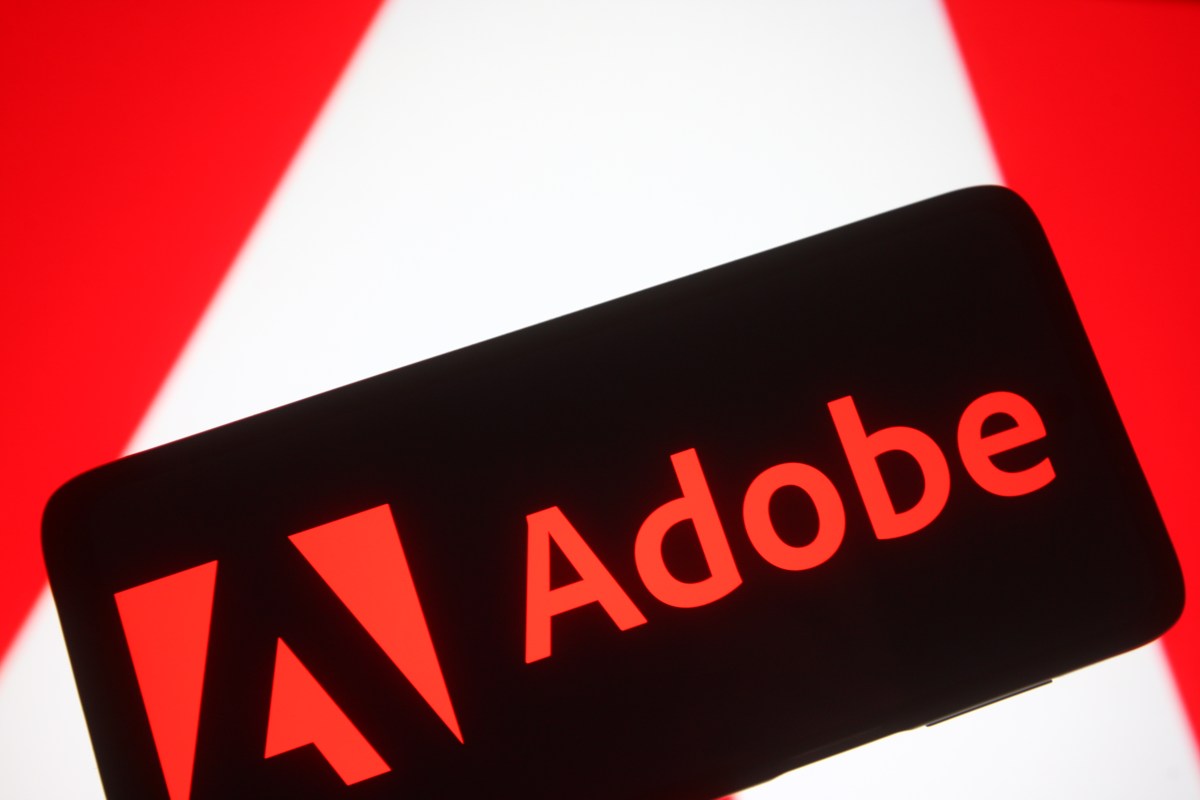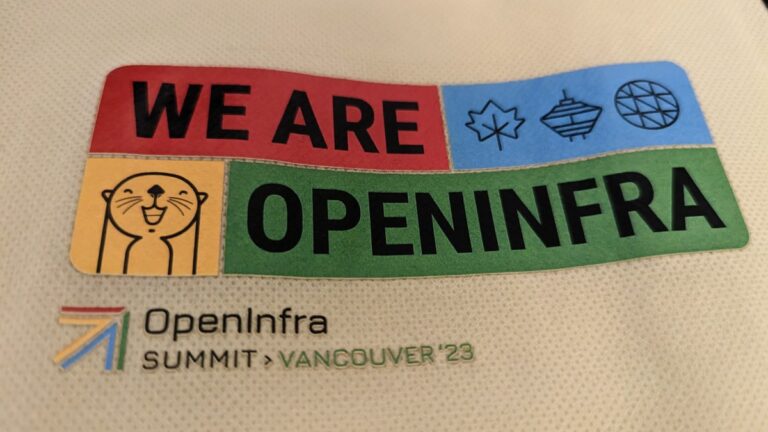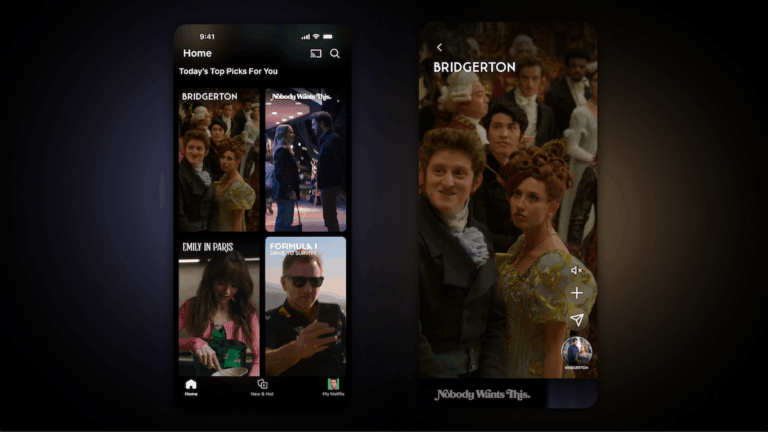Adobe Proposes Robots.txt-Style Indicator to Manage AI Training Image Usage
Adobe has taken a significant step towards providing content creators with more control over their images through its innovative Content Credentials tool. This new web application aims to establish a standard for image authenticity and ownership, allowing creators to manage how their images are used, particularly concerning AI training models.
Understanding Content Credentials
Content credentials refer to metadata embedded in media files that help verify the authenticity and ownership of the content. This initiative is part of the Coalition for Content Provenance and Authenticity (C2PA), which sets standards for content authenticity.
Adobe’s New Web Tool
Adobe has introduced the Adobe Content Authenticity App, enabling users to attach their credentials—such as name and social media profiles—to image files. This tool supports bulk uploads, allowing users to attach credentials to up to 50 JPG or PNG files at once.
- Integration with LinkedIn: Adobe is collaborating with LinkedIn to verify the identity of users attaching credentials, ensuring authenticity.
- Social Media Integration: Although users can link their Instagram or X (formerly Twitter) profiles, these platforms do not have verification integration.
Controlling AI Training Data
The app also includes a feature that allows users to indicate that their images should not be used for training AI models. However, Adobe has yet to finalize agreements with AI companies to enforce this standard, despite ongoing discussions with top developers in the industry.
As Andy Parson, Senior Director of the Content Authenticity Initiative at Adobe, noted, “Content creators want a simple way to indicate that they don’t want their content to be used for GenAI training.” This sentiment reflects a growing demand among creators for more control over their work.
Challenges Ahead for Adobe
While Adobe’s intentions are commendable, the effectiveness of this initiative hinges on AI companies’ willingness to respect these content credentials. Past experiences, such as Meta’s implementation of AI tags, have highlighted the complexities of enforcing such standards, leading to discontent among creators.
Future Developments
Adobe is planning to expand the capabilities of the Content Authenticity App to include support for video and audio files in the future, further enriching the content creator’s toolkit. The combination of digital fingerprinting, open-source watermarking, and crypto metadata ensures that the integrity of the content credentials remains intact, even if the image is modified.
In a landscape rife with discussions about AI-generated art, Adobe aims to provide a clear path for creators to assert their ownership. As Parson states, “This doesn’t mean the IP is legitimate or copyrightable, but just indicates that someone made it.”
For more information on content authenticity and to explore Adobe’s new tools, visit the Adobe Content Authenticity page.







